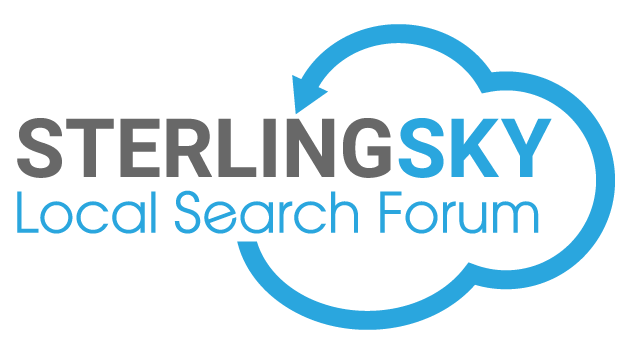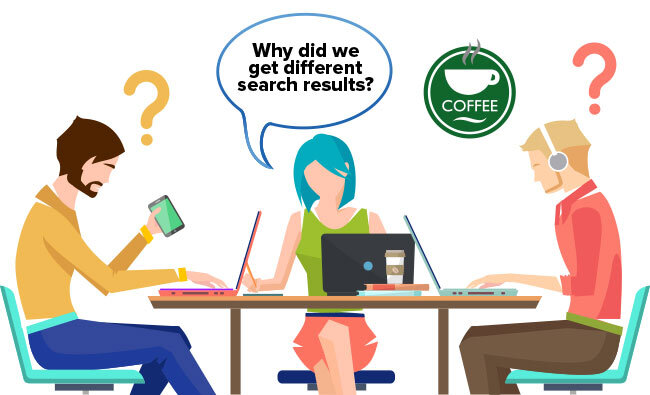- Joined
- Mar 15, 2016
- Messages
- 474
- Reaction score
- 252
I apologize if this article has been posted, but I found it to be a fascinating experiment for local search. The Martindale blog (a legal marketing network) produced this article:
This is only a few selected portions from the entire article, but it illuminates some very interesting aspects of local search. Their real world experiment shows that most virtual software cannot provide reliable data within 250-500 feet, which would make it difficult to come to any conclusive results for your SEO in hyper local spaces with high density of businesses within a given industry.
Has anyone run into the challenge of trying to get into the three pack in high density locations? Is it a hopeless endeavor?
How do these high variance results based on minute location changes impact how you approach local SEO?

Which matters the most? Do they all hold equal weight? Is “distance” the most important? How exactly does Google determine “prominence”? How can you improve your “relevance”? These are questions that we ask ourselves every single day as we drive ourselves crazy optimizing websites, creating local listings, and building strategic links, hoping to crack the code of improving local rankings.
We personally set out to find the answer to the age-old question: “How do I improve my local ranking?” Or, as a client would say, “Why am I not showing up in the map section at the top of Google?”
Our research was prompted by a client who sent us an email: “I’m sitting in the courthouse; why am I not showing up when I do a search for injury lawyer?” It would make sense that someone in or near a courthouse would be seeking legal representation, so this attorney obviously wants his law firm to show up. Why, then, doesn’t his firm’s local listing show up in the 3-pack rankings when he performs a search from the courthouse when the firm does show up in searches conducted seemingly everywhere else across town? The firm shows up when searching for “injury lawyer in [city]” and the courthouse is in the same town and has the same zip code. The firm shows up in organic results as well. So, why doesn’t the law firm show up in local searches from this location? Why are they not in the 3-pack near the courthouse?
The results were astonishing. The physical location where the search was performed and its proximity to the local business mattered tremendously — much more than we had expected.
(Their Takeaways)
Our goal in field-testing was to test our hypothesis and see if search results actually do change based on where you were standing throughout the town — and if so, how much.
Well, the results do change — a lot. We found out that location & distance are huge factors when Google is providing you with results. You can be standing at different points throughout the town and get different results, even when searching for the same thing. Along the way, we found out that other elements play a role in local rankings, such as density, device connection, and search phrase.
Density mattered tremendously in the Lawyers Row example from above. In this area, there is a clear saturation of divorce lawyers, so the results Google provided were limited to a small radius around the searcher rather than the entirety of the town.
We also found out that searching from a mobile device (as opposed to a laptop on Wi-Fi) will give you different results, because Google is basing these results off the location of your precise device connection.
While doing this testing, we also found out that tweaking the search phrase changes the results as well — even if the search intent was the same.
This is only a few selected portions from the entire article, but it illuminates some very interesting aspects of local search. Their real world experiment shows that most virtual software cannot provide reliable data within 250-500 feet, which would make it difficult to come to any conclusive results for your SEO in hyper local spaces with high density of businesses within a given industry.
Has anyone run into the challenge of trying to get into the three pack in high density locations? Is it a hopeless endeavor?
How do these high variance results based on minute location changes impact how you approach local SEO?






